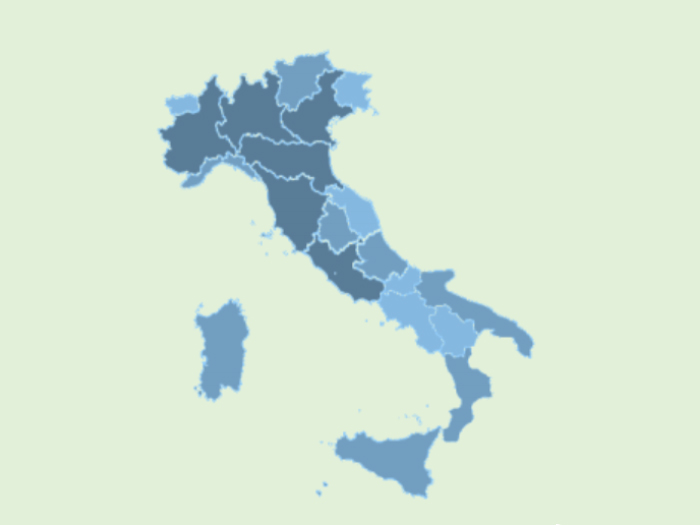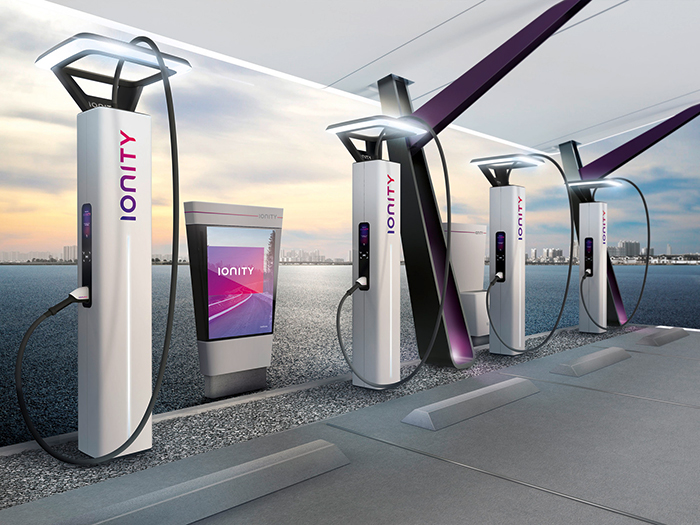E-mobility: the charging infrastructure in Italy
In less than five months, from September 2019 to January 2020, the number of public charging points in Italy rose from 10,647 to 13,721 (+29 percent) – a significant growth, but five regions still account for half of the total.
The growth of electric mobility goes hand in hand with the development of the charging infrastructure. So, while cars are becoming more and more cheaper and their range is increasing, the presence of an adequate number of charging stations is at the same time important, in order to make longer journeys hassle-free and to provide electricity to those who don’t own a garage or a forecourt space, to recharge their vehicle.
Italy is seeing rapid improvements in this area and the charging infrastructure is growing. According to the latest data collected by MOTUS-E, an association that supports the transition towards e-mobility in Italy, in January there were 13,721 charging points in the country, spread across 7,203 publicly available charging stations.
Charging stations and charging points
A charging station provides the infrastructure for one or more charging points to be installed. Therefore, one station can have the capacity to recharge more than one vehicle at the same time. Each individual charging point may offer either standard power, meaning it can provide up to 22 kW of electricity (AC or DC power), or high power (DC only), which provides more than 22 kW. The latter are in turn categorized into “rapid” (22 to 50 kW) or “ultra rapid” (above 50 kW).
In Italy, 73% of public charging points are in areas with no restrictions on access. The remaining 27% are in privately owned public spaces, such as supermarkets and shopping centres. When compared to the previous figures of September 2019, there was an increase averaging 33%, with charging stations rising by 1,957 and 3,074 new charging points available.
Incomplete coverage

Considering the total number of charging points, 71% have a power output between 21 and 43 kW, 23% below 3.7 kW, 3% between 3.7 and 7.4 kW and a further 3% between 44 and 100 kW. In other words, high power charging points are rare, with the vast majority still belonging to the “quick” rather than the “rapid” category.
In addition, the Italian charging network is patchy, with the latest figures showing a much higher average growth of the infrastructure in five Central-Northern regions: Emilia-Romagna, Lombardy, Piedmont, Trentino-Alto Adige and Veneto. Together, these regions account for half of all charging stations in Italy.
Lombardy leads the way – its 2,467 charging points make up 18% of the national total. Next come Tuscany (1,420), Piedmont (1,330), Emilia-Romagna (1,311), Lazio (1,179) and Veneto (1,130). Sicily (650), Trentino-Alto Adige (630) and Puglia (617) follow some distance behind.
Motorways

The MOTUS-E report also reveals that the deployment of the infrastructure in service stations and along motorways remains very limited.
However, the Ionity project to bring 20 new high power stations – featuring 350 kW High Power Chargers – along the Italian motorways by 2020 is continuing. In the long term, Ionity aims to install 50 to 60 stations in the country.
The ASPI plan
The Italian motorway operator Autostrade per l'Italia (ASPI) recently presented its “Business Transformation Plan to 2023”, which envisages building a motorway charging network with High Power Charging points, allowing drivers to recharge electric cars in the same time it takes to fill up a conventional car.
The first phase of the plan will see the installation of ultra fast 350 kW charging stations, each with four to six charging points, across 67 service stations. That equates to 31% of the refuelling stations of the ASPI network, and would mean having charging points on average every 90 kilometres. The second phase will see the remaining 69% of service stations opened up to the market in order to reach the full coverage of the motorway network.
Sources: MOTUS-E
